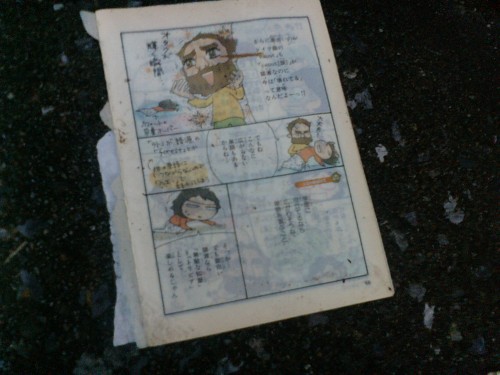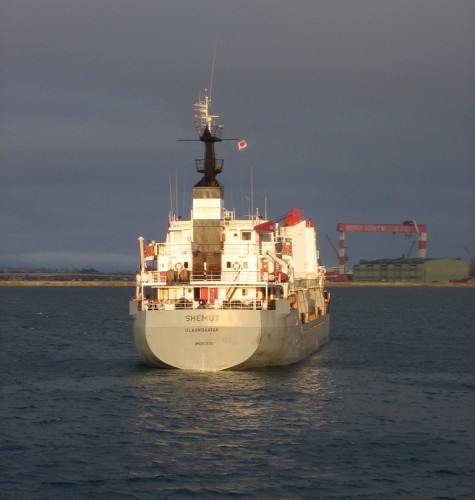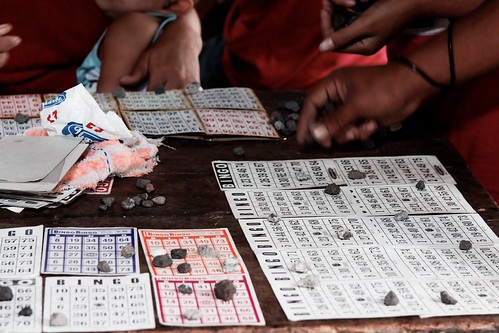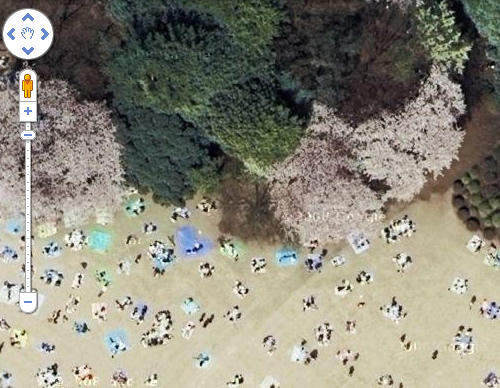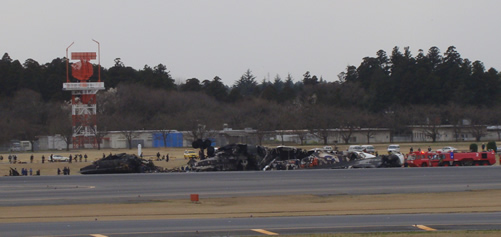(Update: Changed top photo)
Next up we have LDP incumbent Masatsugu Mihara (age 66, pictured campaigning below).
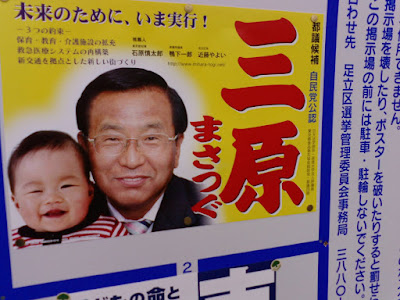 |
| From Tokyo Prefectural Assembly Election |
Like rival DPJ candidate Satoru Onishi, Mihara was a political secretary for a national MP before becoming a politician himself. Since then, Mihara appears to have split duties between serving time and giving full-throated support to Governor Ishihara.
Judging from his website, this guy is not trying very hard to get re-elected. Nothing about it even suggests there’s an election coming up. It’s almost an insult to someone like Katsuhiro Suzuki who has yet to taste electoral victory and spends every waking moment campaigning. Sure, Mihara is on top of a bus giving speeches, but even then he didn’t seem as passionate as the other candidates. Then again, as a connected guy he may not need to work all that hard, at least not in public.
But while you get the impression that Mihara feels entitled to his assembly seat, his political career hasn’t been all peaches and cream. Though he served three consecutive terms starting in 1993, Mihara was voted out in 2005 and then back in 2007, when he easily won a by-election to replace LDP assemblywoman Yayoi Kondo after she ran successfully to become the mayor of Adachi-ku. (Mihara’s own profile fudges this fact but it’s backed up by election data)
Born in Yamaguchi Prefecture on the western tip of Honshu, Mihara joined the Ground Self Defense Force straight out of middle school. After leaving the force, he earned his college degree and in 1970 became a secretary to the late Lower House MP Ryosuke Kujiraoka. Kujiraoka, who grew up in and was elected from Adachi-ku, was known as a conservative pacifist and member of former Prime Minister Takeo Miki‘s faction. Like Miki, Kujiraoka gained respect as a squeaky clean politician. Presumably, the Kujiraoka connection (he served the man for 22 years) is why Mihara is running from Adachi-ku.
Policy: Like everyone else, Mihara trots out a series of enhanced welfare initiatives to help kids and foster development. Interestingly, he places “small and medium size corporations” first on his list of groups he wants to help. Contrast this with the consistent “people’s lives first” campaign of the DPJ.
Chances of winning: Mihara won the 2007 by-election by a substantial margin, so as the successor to popular mayor Yayoi Kondo, Mihara will likely land within the top six despite the anti-LDP sentiment.
Tell me something interesting about this guy: On his list of accomplishments, Mihara claims to have led the fight to ban “legal drugs” in Tokyo which I assume refers in part to magic mushrooms, which were legal in Japan until around 2001. According to his site, his efforts led to “Japan’s first anti-drug ordinances” (which in Japan is kind of like banning werewolves) though he doesn’t say when. He is also a big supporter of Governor Ishihara’s efforts to install security cameras around the city.
If you spend most of your adult life serving under a loyal factionist LDP Diet member, that apparently means you get to earn extra money by serving on various boards and committees. That’s at least true for Mihara, who sits on the board of an organization that runs group retirement homes and as a “councillor” (member of the management council) at a Buddhist-run school. He also heads the Adachi Gateball Association (had to look that one up).
Mihara Easter Egg
If you load just the top-level domain of Mihara’s site it opens what appears to be an older version. It contains some of the typical profile info, but toward the bottom of the page he links to a bunch of fad diet websites and then this dude:
This is James Skinner, a US-born motivational speaker for upwardly mobile Japanese. He speaks native Japanese and gives high-energy talks encouraging the audience to focus and make their companies more profitable:
His audience apparently consists primarily of corporate managers. I don’t know what this says about Mihara’s qualifications, but considering all he’s accomplished in his career maybe paying for these life coaching services was worth it.



